Résidence royale Unhyeongung (운현궁)
9.6Km 2021-12-22
464, Samil-daero, Jongno-gu, Seoul-si
+82-2-766-9090
Unhyeongung à Séoul désigne le lieu du palais où la parenté du roi vivait (résidence royale). Ainsi, la parenté de Heungseon Daewongun, Lee Ha-Eung (1820~1898) et sa famille ont vécu à Unhyeongung. Après que Gojong (1863~1907) soit devenu roi, Unhyeongung a été agrandi et élevé comme un palais pour la gouvernance du pays. C'est à ce moment-là que Unhyeongung est devenu comme une maison semblable à un palais avec quatre grandes portes.
Cependant, le site fut endommagé durant la guerre Imjinwaeran (guerre provoquée par l'Invasion japonaise) ce qui entraîna une réduction du site. En entrant à Unhyeongung, vous verrez sur votre droite plusieurs maisons avec des tuiles alignées qu’on appelle 'Sujiksa'. C’est à cet endroit que vivaient les ministres du palais, les gardes et les servants.
Après avoir passé les maisons Sujiksa, vous trouverez la porte Soseul. Passé cette porte, vous pourrez voir un bâtiment avec une inscription 'Noandang'. C’est là que Daewongun résidait habituellement.
Après Noandang, on trouve le plus grand bâtiment de Unhyeongung, bâtiement appelé Norakdang. Des fêtes pour les 60 ans et d’autres fêtes familiales y étaient organisés et en 1866, le mariage de Gojong et la Reine Myeongseong fut célébré en ces lieux. A gauche de Norakdang, on trouve Irodang, le bâtiment principal de Unhyeongung.
Cérémonie de mariage royal du roi Gojong et de la reine Min (고종명성후 가례 재현행사)
9.6Km 2018-04-13
464, Samil-daero, Jongno-gu, Seoul
• Centre d'appels 1330 : +82-2-1330 (coréen, anglais, japonais, chinois) • Pour obtenir plus d'info : +82-2-766-9090 (coréen)
Dans un effort de promotion de la majesté et la grâce de la culture royale coréenne et présenter une importante cérémonie traditionnelle au public, le gouvernement métropolitain de Séoul accueille la reconstitution d’une cérémonie de mariage traditionnelle du roi Gojong et de la reine Min durant le printemps et l’automne chaque année.
La reconstitution aura lieu au palais Unhyeongung, le site original de la cérémonie de mariage le 21 mars 1866, pour l’empereur royal Gojong et son impératrice Myeongseong. Basé sur des recherches historiques approfondies et des consultations par des conseillers juridiques du palais, l’évènement est organisé pour commémorer l’importance de l’histoire coréenne et pour apporter un éclairage nouveau sur une culture traditionnelle en déperdition.
Programme des évènements: Garye en coréen, fait référence à 1) un mariage royal ou un couronnement du roi ; 2) un mariage ou l’installation formelle d’un prince héritier ou son fils le plus âgé, ou le prince impérial ou son fils. C’est une cérémonie nationale majeure, donc il n’est pas inhabituel que des milliers de personnes soient mobilisées pendant plusieurs mois pour cet évènement. De plus, à cause des procédures strictes et complexes ainsi que les formalités des mariages royaux de la dynastie Joseon, les procédures ont été établies selon un ensemble de réglementations.
Dans tous les mariages traditionnels coréens, le marié a habituellement visité la maison de la mariée et l’amène chez lui. La même procédure s’applique pour le roi. Cependant, les maisons communes ont des espaces limités donc les mariages royaux ont lieu dans un byeolgung, connu comme des palais détachés. Pour le roi Gojong et la reine Min, le palais Unhyeongung était utilisé comme le byeolgung.
La reconstitution du mariage commence avec le eoga haengnyeol, une procession royale dirigée par une bannière arborant les armoiries du roi, le dragon jaune. Après la bannière de l’armoirie, suit la bannière des cinq orientations et autres ornements royaux traditionnels.
Ensuite, vient le bisuchaeg uisik ou l’installation formelle de Min en tant que reine, et le chinyeong, pendant lequel le roi Gojong la prend pour reine. La reconstitution du mariage dure environ deux heures.
Temps forts: Cette cérémonie est l’exacte reconstitution de la cérémonie de mariage royal de la famille impériale Joseon. Elle donne l’opportunité de voir des costumes royaux et le style de vie de la dynastie Joseon. Les costumes royaux traditionnels sont spectaculaires et élégants, et le mariage affiche une telle grandeur et distinction royale. Après la cérémonie, il y a une séance photo donc n’oubliez pas de prendre votre appareil photo.
*La cérémonie de mariage a lieu au printemps (avril ou mai) et en automne (septembre ou octobre).
Hosujip (호수집)
9.6Km 2021-03-30
443, Cheongpa-ro, Jung-gu, Seoul
+82-2-392-0695
It is a restaurant where people wait in line as a hidden restaurant for locals in Chungjeong-ro. The best menu at this restaurant is spicy braised chicken. This Korean dishes restaurant is located in Jung-gu, Seoul.
Musée National d’Art Contemporain de Gwacheon (국립현대미술관 과천관)
9.6Km 2021-04-13
313, Gwangmyeong-ro, Gwacheon-si, Gyeonggi-do
+82-2-2188-6000
Situé dans la jolie ville de Gwacheon, le Musée National d'Art Contemporain expose des oeuvres d'artistes modernes coréens et étrangers ainsi que des oeuvres d'artistes contemporains en vogue. Le musée organise régulièrement des expositions spéciales, qui se tiennent pendant trois à quatre mois. La plupart des expositions sont gratuites bien que certaines expositions spéciales peuvent être payantes. Les six salles d'exposition sont réparties sur trois étages, on trouve aussi une galerie pour enfants. Le musée est situé en bordure de Séoul près de Seoul Grand Park et du parc d'attractions Seoul Land.
Nwijo(뉘조)
9.6Km 2024-12-11
27, Insadong 14-gil, Jongno-gu, Seoul
+82-2-730-9311
Nwijo (뉘조) is a Korean restaurant specializing in wild vegetable cuisine. The name ‘Nwijo’ means ‘the god of the silkworm,’ and likens wild vegetables to silkworms in that both can be eaten in their entirety. The restaurant serves original full-course Korean meals that are prepared using hundreds of kinds of wild vegetables, including special seasonal vegetables.
A typical full-course meal starts with delicious pumpkin porridge, followed by seasoned wild vegetables, root vegetable ssam (condiments wrapped in vegetable leaves), slices of boiled meat, and steamed lotus leaf-wrapped rice served with jjigae (Korean stew) and various side dishes. This kind of traditional feast is pleasing to both the eye and the palate and is topped off with sikhye (traditional sweet rice drink). Lunch specials are also available.
Mijin (미진)
9.6Km 2020-01-30
19, Jongno, Jongno-gu, Seoul
+82-2-732-1954
Mijin is a restaurant specializing in spicy hot baby octopus and cool buckwheat dishes. Opened
in 1954, the restaurant's 50-year history is a testament to the great taste
of its dishes and the charm of the restaurant.
The main ingredient, buckwheat, is delivered daily from Bongpyeong, the largest
buckwheat producing region in Korea. Baby octopus is also delivered every morning from ports in Yeosu. Families and workers of surrounding companies are major customers of the restaurant, but celebrities and politicians also
come to the restaurant to taste its food. Memilmuk (Buckwheat Jelly) and pancakes
made with buckwheat and green onion are also delicacies of the restaurant.
Jirisan Restaurant (지리산)
9.6Km 2019-08-01
30, Insadong 14-gil, Jongno-gu, Seoul
+82-2-723-4696
Jirisan is one of the representative Korean restaurants in Insa-dong, an area known for its traditional culture. One of the trademarks of this restaurant, besides its amazingly delectable bean and tofu dishes, is a wooden sign that welcome guests into a neat and cozy interior.
Each day, fresh beans are ground at the restaurant to prepare dishes such as soybean paste, soft tofu, and bean-curd tofu stew. Bean-curds are prepared by using seawater, which gives the tofu a unique flavor. The fresh and clean taste of the tofu is one of the many reasons that choosey tofu aficionados flock to the restaurant.
Not just limited to tofu, Jirisan presents customers with a full-range of side dishes such as kimchi, japchae (glass noodles with sautéed vegetables), cucumber kimchi, seasoned seaweed, braised lotus roots, roasted yellow corbinas (a type of fish), leafy greens, bean-curd stew, and more. The restaurant gives visitors a chance to experience a hearty traditional Korean-style meal, but has thoughtfully toned down its seasonings to appeal to a wider audience (particularly those not used to spicy foods).
One of the recommended menu items is the Jirisan set meal, which offers diners the chance to sample foods that are popular in the Jirisan region. Adventurous diners may want to try the sea urchin soup or dried Pollack soup.
The restaurant, originally a traditional Korean house, has been modified over the years to better suit the needs of its customers. The walls surrounding the structure were removed and a glass ceiling was installed to allow guests to enjoy the natural light of the sun as they sample some of the area’s best traditional Korean cuisine.
Hall Injeongjeon - 인정전
9.6Km 2016-04-14
Séoul, Jongno-gu, Yulgok-ro 99
+82-2-762-8261, 9513
Il s'agit du lieu qui servait d'assemblée lors de la venue du roi au sein du palais Changdeokgung. Le lieu acceuillait des événements importants comme la cérémonie d'accès au trône du roi, des cérémonies de félicitations pour les nobles, la réception d'invités de prestige venus de l'étranger, etc.
Le hall a été restauré en 1804 et permet d'apprécier le style architectural de la fin de la dynastie Joseon.
Great Shanghai (대상해)
9.6Km 2020-02-07
135, Sejong-daero, Jung-gu, Seoul
+82-2-2171-7869
Great Shanghai is a Chinese restaurant serving deliciously genuine Sichuan and Beijing-style cuisine, located within the Koreana Hotel. Their specialty is shark's fin, directly imported from Sanji, and prepared by the head chef who has over 30 years of experience. Aside from shark's fin, the healthy buldojang, mapadubu and ddanddanmyeon are also top menus. Great Shanghai is decorated with high-quality interior design, and features rooms of various sizes for groups and business dinners.
Koreana Hotel (코리아나 호텔)
9.6Km 2021-06-21
135, Sejong-daero, Jung-gu, Seoul
+82-2-2171-7000
Koreana Hotel has been one of the top notch traveler's picks for more than 30 years, having the business motto 'comfort for our customers.'
The hotel is located at the Gwanghwamun fourway intersection, at the heart of Seoul, and provides 345 guest rooms. Amongst its dining facilities, the hotel boasts a Korean restaurant, Chinese restaurant, Japanese restaurant, and a Western restaurant, as well as a bar, coffee shops, and bakery. Eight banquet halls and a sauna are also available.
The hotel has operated as the main press center restaurant for the 1988 Seoul Olympics, and subsequently operated as the Olympic Village Restaurant for the Special Olympics. As a result of their successful operations, the hotel received lavish praise from the organizers, as well as from the players and staff for the high quality food and spectacular service.


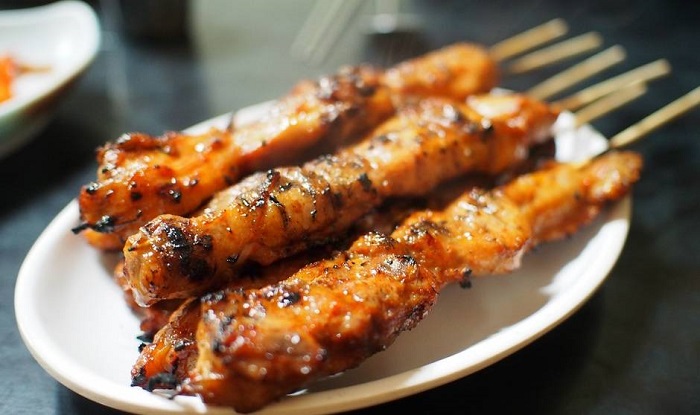
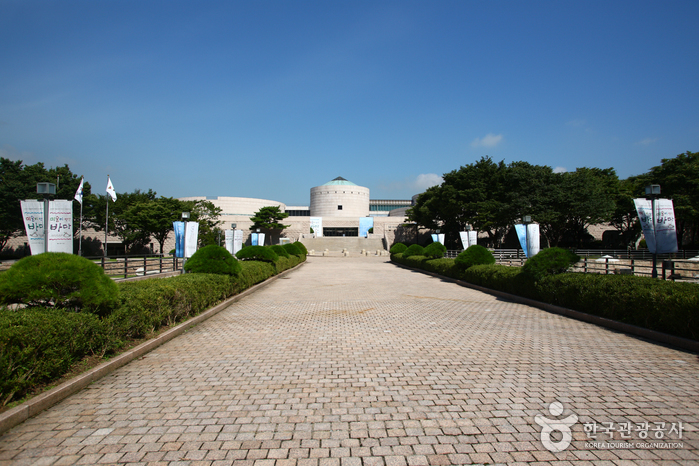
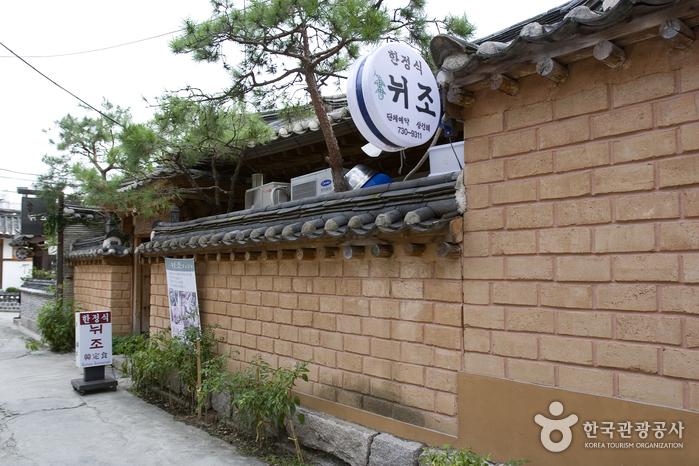
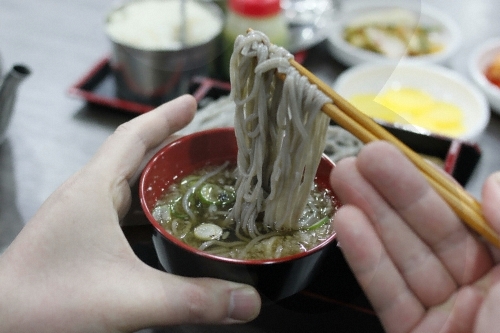
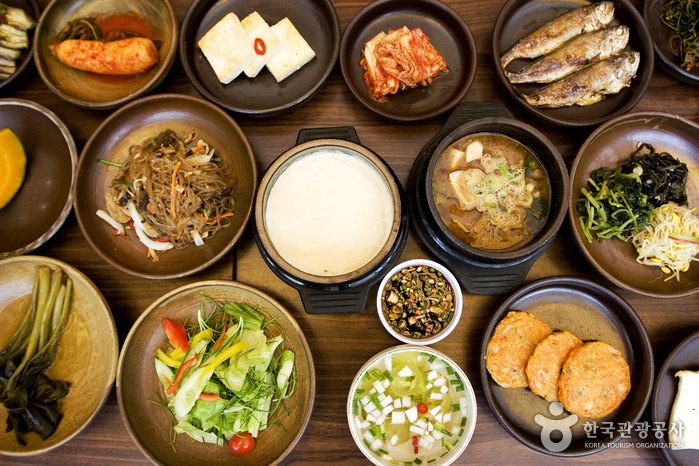
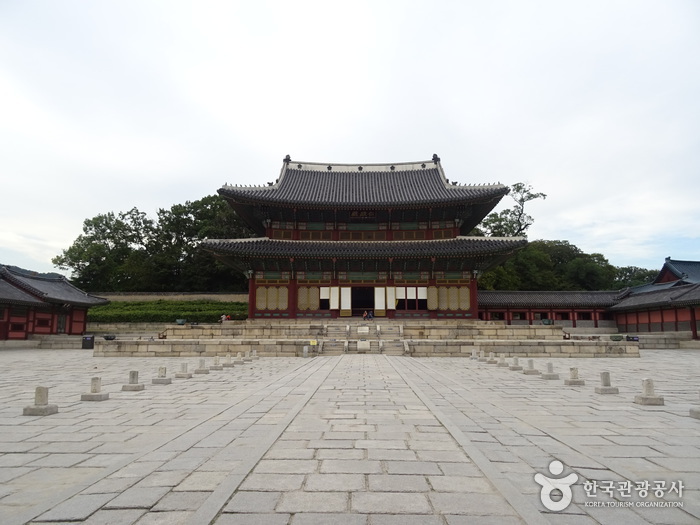
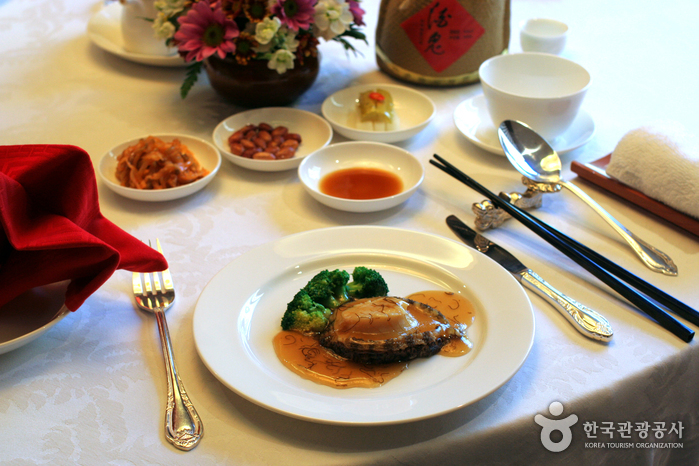
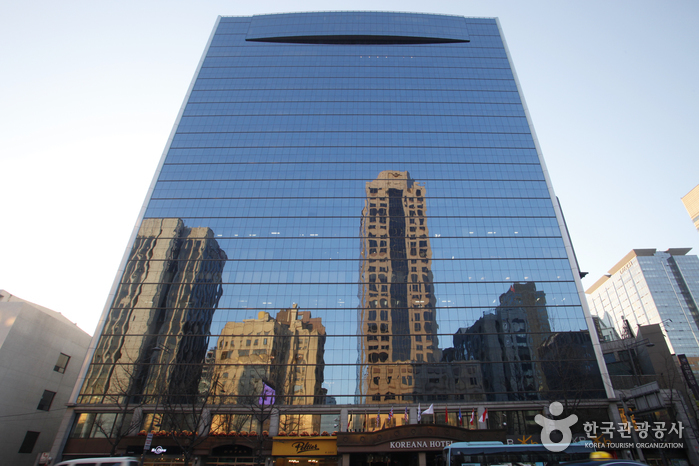
 Français
Français
 한국어
한국어 English
English 日本語
日本語 中文(简体)
中文(简体) Deutsch
Deutsch Español
Español Русский
Русский